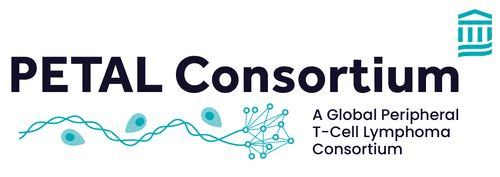
Get to know PETAL Consortium’s Affiliated Researcher in Genomics, Shambhavi Singh, MD, PhD!
Get to know PETAL Consortium’s Affiliated Researcher in Genomics, Shambhavi Singh, MD, PhD!
Get to know PETAL Consortium’s Affiliated Researcher in Genomics, Shambhavi Singh, MD, PhD!
By Katrina Fu
By Katrina Fu



Shambhavi Singh, MD, PhD
Shambhavi Singh, MD, PhD
Shambhavi Singh, MD, PhD is currently an oncology fellow at Duke University Hospital. She earned her bachelor’s degree in Chemistry at Harvard University. She completed medical school and a PhD in Biomedical Engineering at the University of Virginia. Previously, she was an Internal Medicine Resident at Massachusetts General Hospital (MGH).
Shambhavi Singh, MD, PhD is currently an oncology fellow at Duke University Hospital. She earned her bachelor’s degree in Chemistry at Harvard University. She completed medical school and a PhD in Biomedical Engineering at the University of Virginia. Previously, she was an Internal Medicine Resident at Massachusetts General Hospital (MGH).
In this Q&A, meet Shambhavi Singh, PETAL Consortium’s Affiliated Researcher in Genomics!
In this Q&A, meet Shambhavi Singh, PETAL Consortium’s Affiliated Researcher in Genomics!
In this Q&A, meet Shambhavi Singh, PETAL Consortium’s Affiliated Researcher in Genomics!
When did you first know you wanted to become a doctor?
When did you first know you wanted to become a doctor?
I was always interested in pharmaceuticals and human health. I originally planned to work as a drug discovery scientist, which is why I majored in chemistry. But towards the end of my undergraduate years, shadowing physicians helped me realize that the aspect of science directly related to human health was what really excited me.
I was always interested in pharmaceuticals and human health. I originally planned to work as a drug discovery scientist, which is why I majored in chemistry. But towards the end of my undergraduate years, shadowing physicians helped me realize that the aspect of science directly related to human health was what really excited me.
Why did you want to specialize in oncology and internal medicine?
Why did you want to specialize in oncology and internal medicine?
Oncology was always my calling in medicine. I wanted to help people with tough, challenging, and shocking diagnoses. “Cancer” is a scary word and being able to help patients get through their treatment is important to me. Through oncology, you can have very meaningful and hopefully long relationships with patients.
There are a few ways you can become an oncologist. One of the paths is through internal medicine, which focuses on the prevention, diagnosis, and treatment of diseases in adults. Basically, if you're not sure what kind of doctor your patient needs, you might need an internal medicine doctor. Since cancer can hijack the body in a variety of ways, having general internal medicine knowledge is very helpful.
Oncology was always my calling in medicine. I wanted to help people with tough, challenging, and shocking diagnoses. “Cancer” is a scary word and being able to help patients get through their treatment is important to me. Through oncology, you can have very meaningful and hopefully long relationships with patients.
There are a few ways you can become an oncologist. One of the paths is through internal medicine, which focuses on the prevention, diagnosis, and treatment of diseases in adults. Basically, if you're not sure what kind of doctor your patient needs, you might need an internal medicine doctor. Since cancer can hijack the body in a variety of ways, having general internal medicine knowledge is very helpful.
What inspired you to go into medical research?
What inspired you to go into medical research?
Some people are just drawn to ask questions about how to take things further or how to make things better. With oncology, there are so many unknown treatments and unanswered questions. Also, when you see patients in the clinic, you're motivated to find something better for them. It just naturally lends itself to making you want to do research.
Some people are just drawn to ask questions about how to take things further or how to make things better. With oncology, there are so many unknown treatments and unanswered questions. Also, when you see patients in the clinic, you're motivated to find something better for them. It just naturally lends itself to making you want to do research.
Why did you want to join PETAL Consortium? What is your research about?
Why did you want to join PETAL Consortium? What is your research about?
When I came into residency, I wanted to work in oncology and global medicine, which focuses on ensuring that the standard of care for any disease is available in an equitable way across the world.
I met Salvia Jain, lead investigator of PETAL Consortium, during my intern year in the lymphoma service. At that time, I had never heard of T-cell lymphomas, but during my service, I realized that there's a high clinical and scientific need for research in that area. Since Salvia had the passion to research the disease on a global scale, PETAL really aligned with my interests.
My research focus was on sequencing DNA and RNA and how we can use that to further understand the subtypes of T-cell lymphomas. Through sequencing, we correlate which molecular signatures (patterns in DNA or RNA) respond better or worse to certain treatments.
Using machine learning and other statistical methods, we identify molecular signatures that help us understand why a certain tumor behaves in a certain way or why a certain patient is responding to a certain treatment. We take that information to guide future treatment plans.
When I came into residency, I wanted to work in oncology and global medicine, which focuses on ensuring that the standard of care for any disease is available in an equitable way across the world.
I met Salvia Jain, lead investigator of PETAL Consortium, during my intern year in the lymphoma service. At that time, I had never heard of T-cell lymphomas, but during my service, I realized that there's a high clinical and scientific need for research in that area. Since Salvia had the passion to research the disease on a global scale, PETAL really aligned with my interests.
My research focus was on sequencing DNA and RNA and how we can use that to further understand the subtypes of T-cell lymphomas. Through sequencing, we correlate which molecular signatures (patterns in DNA or RNA) respond better or worse to certain treatments.
Using machine learning and other statistical methods, we identify molecular signatures that help us understand why a certain tumor behaves in a certain way or why a certain patient is responding to a certain treatment. We take that information to guide future treatment plans.
What did a day-in-your-life at PETAL Consortium look like?
What did a day-in-your-life at PETAL Consortium look like?
When I was at MGH, I worked on building PETAL’s online portal and Research Electronic Data Capture database which helps us manage the patient information from our research studies. I also wrote study protocols and onboarded our partner sites.
When I was at MGH, I worked on building PETAL’s online portal and Research Electronic Data Capture database which helps us manage the patient information from our research studies. I also wrote study protocols and onboarded our partner sites.
Any interests/hobbies?
Any interests/hobbies?
I love pottery and ceramics. I have my own pottery wheel and kiln, and I try to make things like bowls, plates, and vases. It really helps me get a break from work and functions as a mindfulness exercise. I also love going to new restaurants and cooking.
I love pottery and ceramics. I have my own pottery wheel and kiln, and I try to make things like bowls, plates, and vases. It really helps me get a break from work and functions as a mindfulness exercise. I also love going to new restaurants and cooking.
What’s your perfect meal?
What’s your perfect meal?
Korean barbecue!
Korean barbecue!
Favorite TV show?
Favorite TV show?
The Great British Bake Off.
The Great British Bake Off.
Any pets?
I have a twelve-year-old dog named Lola (pictured on the right). She's very cute. She's mixed breed and about 50 pounds.
Any pets?
I have a twelve-year-old dog named Lola (pictured on the right). She's very cute. She's mixed breed and about 50 pounds.


Dream vacation destination?
Dream vacation destination?
Greece or a Mediterranean island!
Greece or a Mediterranean island!
Since we’re PETAL Consortium, favorite flower?
Since we’re PETAL Consortium, favorite flower?
I like lilies and jasmine.
I like lilies and jasmine.
@2025 PETAL Consortium • All rights reserved
@2025 PETAL Consortium • All rights reserved
@2025 PETAL Consortium • All rights reserved

